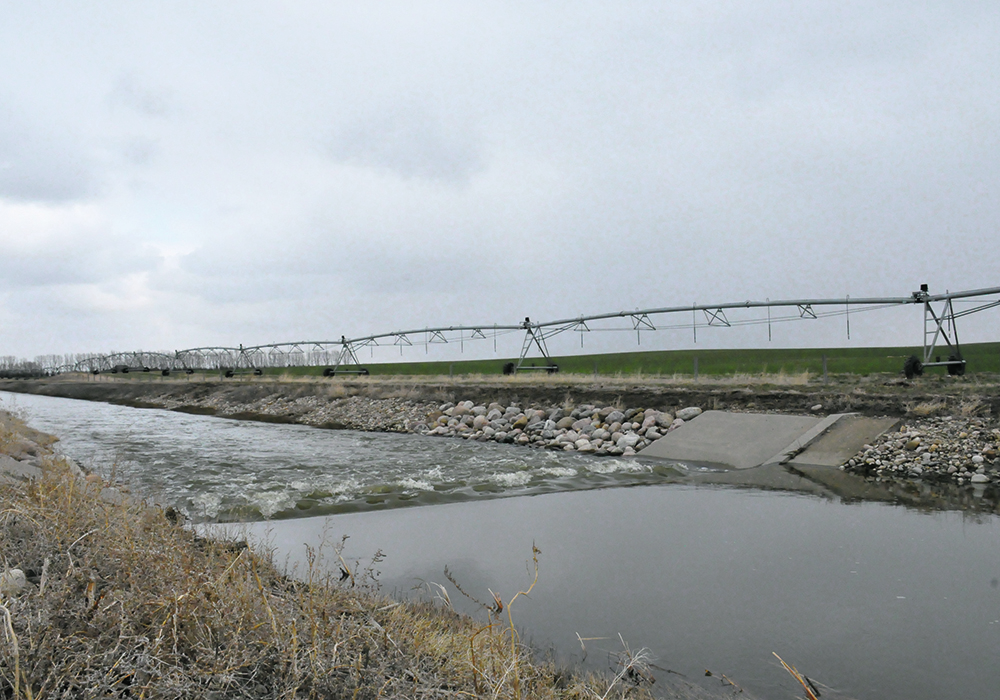A cooler spring and below average snowpack have set the stage for slower-than-normal mountain runoff
Water flow from mountain runoff feeding southern Alberta’s irrigation systems is slower than normal this year, leading to several shortage advisories issued in southwestern Alberta during the final week of April.
A cooler than normal spring coupled with a below average mountain snowpack has also caused problems across the southern Alberta irrigation network.
Some issues, such as potentially damaging ice jams along the St. Mary’s River Irrigation District canals, have been relieved using excavators clearing out ice buildups in the system.
Other problems, such as the water shortage advisory, which is limiting diversion licensing along the upper parts of the Oldman River basin, will require more help from Mother Nature.
Read Also

New program aims to support plant-based exports to Asia
Understanding the preferences of consumers in Taiwan and how they differ from Indonesia or Malaysia isn’t easy for a small company in Saskatchewan.
In the far south, Alberta’s Milk River irrigators are on a knife’s edge trying to figure out what the water allocations will be as the conditions have seen both too much water at the wrong time and too little at the right time.
Tim Romanow, executive director of the Milk River Watershed Council, said preparations were underway at the Montana headwaters to prepare the diversion system, which sees water allocations traded between the Milk and the St. Mary’s system as part of an international agreement.
“They were pushing hard to try to get the canal opened up early this season because the situation didn’t look the greatest because of the snowpack,” said Romanow, pointing out one of the upper-level reservoirs was only sitting at 30 percent full. “They spent nearly two weeks clearing snow and ice from the canal system and finally got it opened up on April 5.”
But the newly reopened diversion canal that sends water north and that had a catastrophic failure in 2020 was damaged by ice in the process.
There has been localized flooding downstream along the Milk River where the river crosses back into Montana.
“It’s setting up as a bad situation for the Canadian irrigators because they likely won’t be able to move more than their share of water off of the St. Mary’s system before the end of May,” said Romanow.
As part of the international water agreement, Montana can take more water off the headwaters of the St. Mary’s River located in the state, which is repaid later in the year through the Milk River diversion system.
“That buffer water really helps us get through to the end of the season,” said Romanow as natural stream flows along the Milk are commonly around zero by August.
While some issues facing Milk River irrigators are particular to the system governed by an international water agreement, it’s exacerbated by the lack of off-stream reservoirs. That deficiency will likely see other Alberta irrigation districts with limited reservoir capacity also face a crunch because of the low mountain snowpack, if there is no significant spring rain or a slow melt at higher elevations.
“Anybody who doesn’t have storage, when the climate has been so wildly unpredictable, they’re more susceptible to challenges,” he said.


















